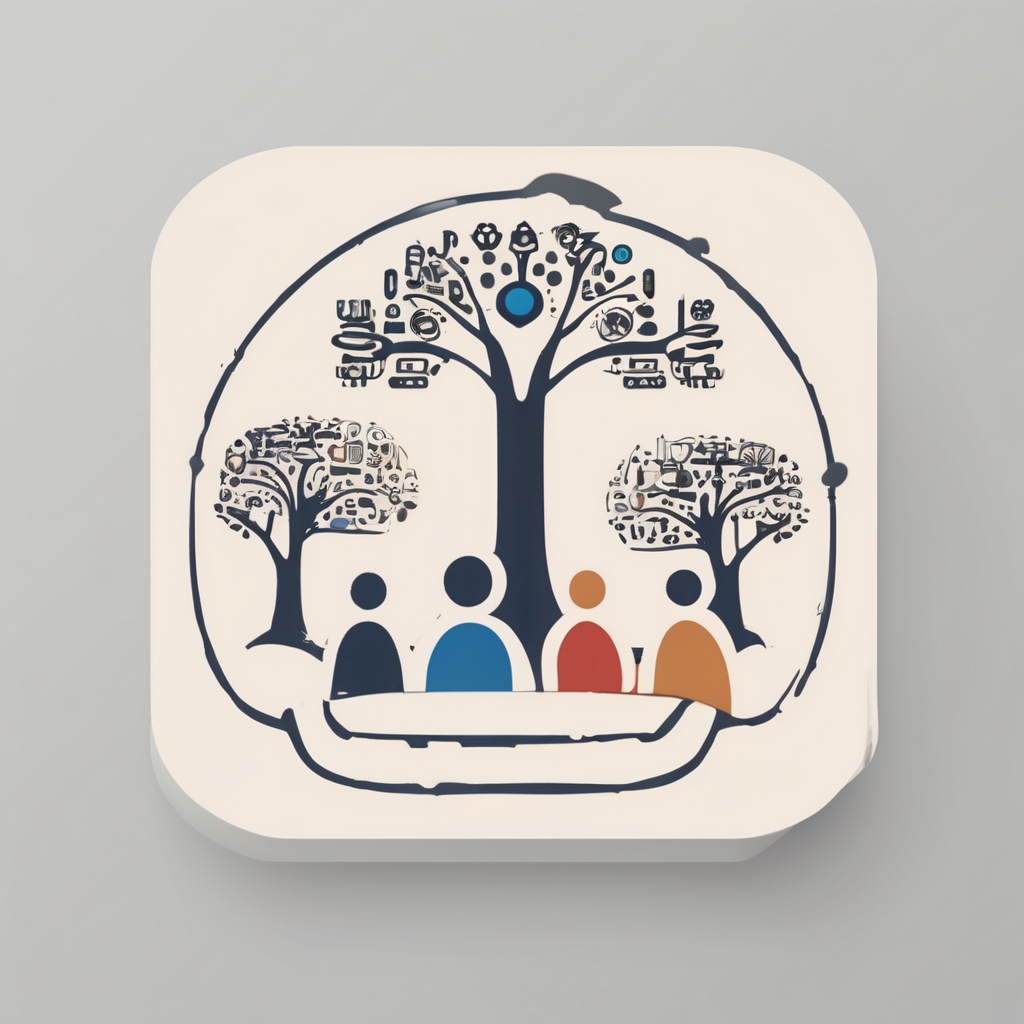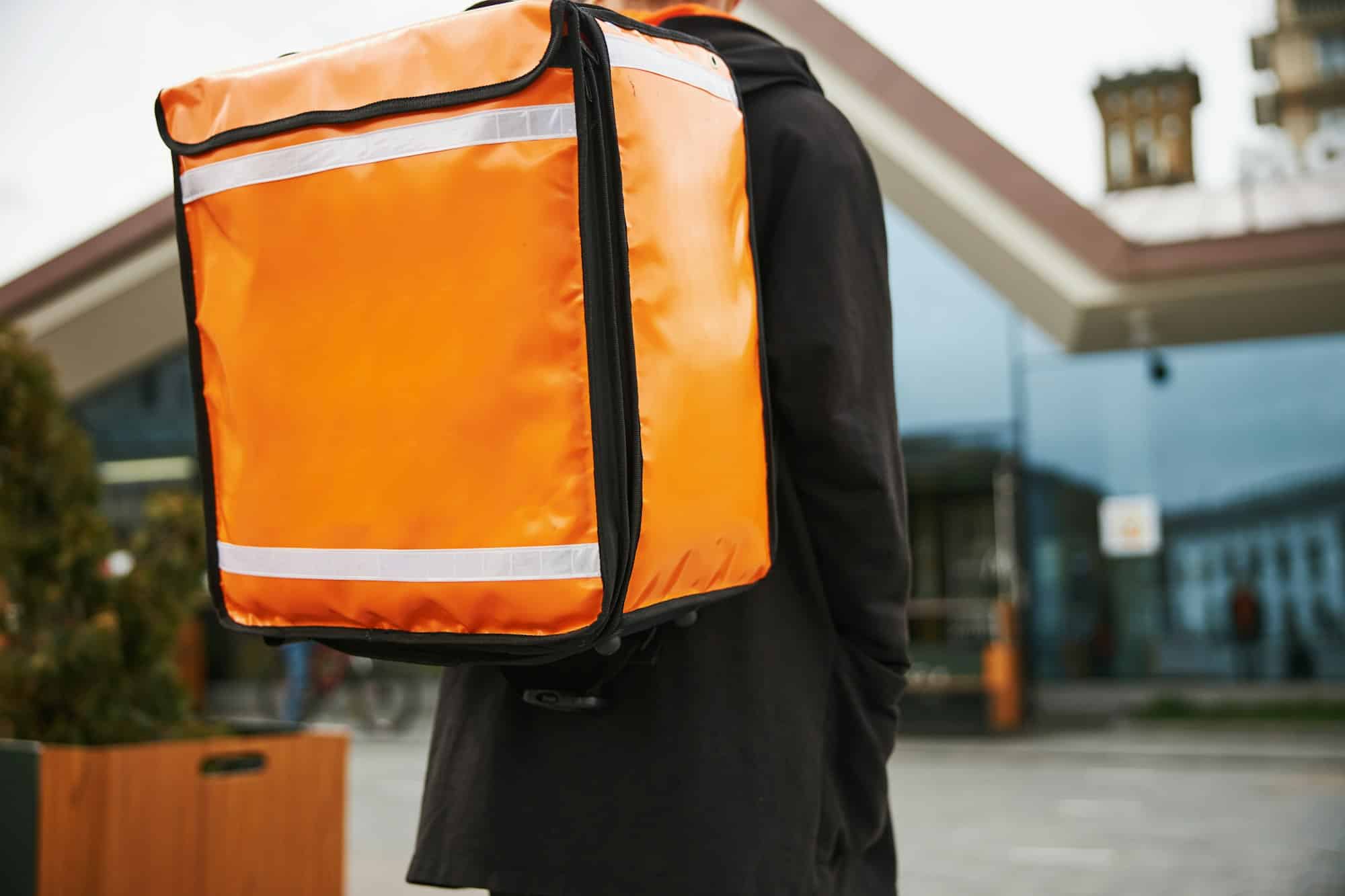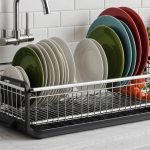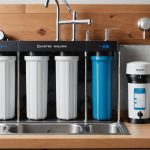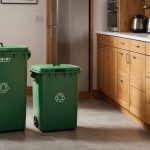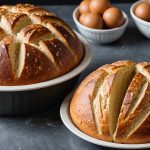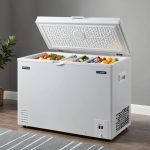In the world of culinary arts, parties, and fine dining, temperature often plays an essential role in enhancing the quality and taste of food. Keeping food warm is crucial, especially when organizing a dinner party or a buffet. Not only does it make the food more savory and delightful, but it also prevents it from spoiling. In this comprehensive article, we will explore the various types of serving dishes that are most effective in keeping your food warm.
Chafing Dishes
A classic solution for keeping food warm during parties or events is the use of chafing dishes. These serving dishes are perfect for maintaining the temperature of the food while also allowing for a stylish presentation.
Also to read : The definitive handbook for choosing the ideal non-stick bread proofing basket for flawless loaves every time
Chafing dishes consist of a frame that holds a water pan, a food pan, and a heat source. The water in the water pan helps to distribute heat evenly and maintain a consistent temperature. This prevents the food from drying out or getting overcooked. The food pan is where you place your food, and the heat source beneath it keeps the water hot, therefore keeping your food warm.
These dishes are suitable for a variety of foods, whether it’s a hot pasta dish, a warm dessert, or a slow-cooked meat dish. Moreover, they are available in different shapes and sizes, catering to your specific needs. However, chafing dishes require frequent checks to ensure that the water hasn’t evaporated and the food remains at the desired temperature.
In parallel : How to Choose an Air Fryer That Also Bakes and Grills?
Oven-Safe Dishes
Oven-safe dishes offer a reliable way of keeping your food warm, especially if you are preparing the meal in advance. As their name suggests, these dishes can withstand high temperatures, making them ideal for serving straight from the oven.
When using oven-safe dishes, you can cook your food, keep it in the oven, and serve it when it’s dinner time. This method is particularly useful for dishes that require slow cooking, as it allows the flavors to develop while maintaining a warm serving temperature.
There are various types of oven-safe dishes, including glass, ceramic, cast iron, and stainless steel. Each type has its merits. For instance, glass and ceramic dishes retain heat well, while cast iron dishes distribute heat evenly. Stainless steel dishes, on the other hand, are resistant to corrosion and do not react with food, making them a safe choice for serving.
Hot Food Serving Bowls
Food serving bowls specifically designed to keep food hot can be a fantastic addition to your dinner party or buffet. These bowls often come with lids and insulation to preserve heat, keeping your food at the optimal temperature.
Hot food serving bowls are perfect for soups, broths, casseroles, and other types of warm food. They are made from a variety of materials, including stainless steel and ceramic, both of which are excellent at retaining heat. Some models even have a double-wall design for better insulation.
Another advantage of hot food serving bowls is their portability. You can easily transport them from your kitchen to the dining table, or even to an outdoor party. However, it’s important to note that while these bowls are great at keeping food warm, they may not keep it hot for extended periods, so plan your serving time accordingly.
Foil Trays
Foil trays are a cost-effective and practical solution for keeping food warm. Made from aluminum foil, these trays conduct heat well and retain it for a reasonable amount of time.
They are versatile and can be used for a variety of foods, including grilled meats, baked dishes, and more. Foil trays are particularly useful for buffets and large parties as they are disposable, reducing cleaning efforts after the event.
To keep food warm in foil trays, you can simply cover them with a layer of aluminum foil. This helps to trap the heat inside. If the food begins to cool down, you can place the tray in the oven to reheat it. Do remember that foil trays should not be used for storing acidic foods as the aluminum can react with the acid, affecting the taste and safety of the dish.
Heated Serving Plates
Heated serving plates are an innovative solution to the challenge of keeping food warm. These plates are designed with an internal heating element that keeps the food at the desired temperature.
Before serving your meal, the plates are heated, and the food is placed directly on them. The heat from the plate keeps the food warm, making it ideal for dinner parties or other occasions where food may be left out for a while.
Although heated serving plates can be more expensive than other options, they provide a reliable and stylish way to keep food hot. They are available in various designs and materials to suit your taste and decor. The only major downside is that they require an electrical outlet to function, which may limit their placement during a party or event.
In conclusion, the type of serving dish you choose to keep your food warm largely depends on the nature of your event, the type of food you are serving, and your personal preference. The key is to ensure that the dishes sufficiently retain heat while enhancing the presentation of your food.
Slow Cookers
A popular and efficient choice to keep food warm for a prolonged duration is the slow cooker. This versatile appliance provides a wonderful way to prepare meals without having to constantly monitor the cooking process.
Slow cookers, also known as crock pots, are essentially electric pots with a heating element. They work by slowly cooking food at a controlled temperature, usually between 170 and 280 degrees Fahrenheit. This slow cooking process allows the food to be cooked evenly, preserving its flavor and nutrients.
These appliances are perfect for slow cooking meat dishes, soups, and stews. Their ability to maintain a consistent temperature for an extended period makes them ideal for keeping food warm during a dinner party or buffet style gathering. A lid is placed on top of the slow cooker to keep the heat trapped inside, ensuring that the food stays hot without drying out.
Despite their undeniable advantages, slow cookers are not suitable for every kind of food. They are not ideal for dishes that require a crunchy or crispy finish. Also, they require access to an electrical outlet, so they might not be the best option for outdoor events.
Insulated Containers
Insulated containers, including flasks and thermoses, are an extremely practical and cost-effective method for keeping food warm. These containers utilize vacuum insulation technology to maintain the temperature of the food, making them perfect for transporting hot food to a picnic or an outdoor event.
These containers are typically made of stainless steel, a material known for its excellent heat retention properties. The vacuum seal between the two walls of the container minimizes heat transfer, thereby keeping the food hot for several hours.
To get the best results from an insulated container, it’s recommended to preheat it with hot water before adding your food. This can increase the temperature inside the container, allowing the food to stay warm longer. They are perfect for hot liquids like soups, broths, and hot water, as well as solid food items.
Insulated containers are also beneficial because they are portable, versatile, and easy to clean. However, they might not be suitable for larger quantities of food, and their heat retention capabilities can diminish over time.
Conclusion
In conclusion, there are a multitude of serving dishes and containers available that can assist in keeping your food warm, whether you’re hosting a dinner party, serving buffet style, or transporting food to an event. Chafing dishes, oven-safe dishes, hot food serving bowls, foil trays, heated serving plates, slow cookers, and insulated containers all offer unique advantages and can cater to different types of food and events.
Remember, the primary purpose of these serving dishes is to maintain the temperature of the food, but they should also enhance the presentation and convenience. Therefore, the best serving dish for you will depend upon your specific requirements, preference, and the nature of your event. Always remember to consider the type of food you are serving, the size of your gathering, and how long the food needs to be kept warm. This will ensure that your food is not only warm but also delicious and safe to eat.
